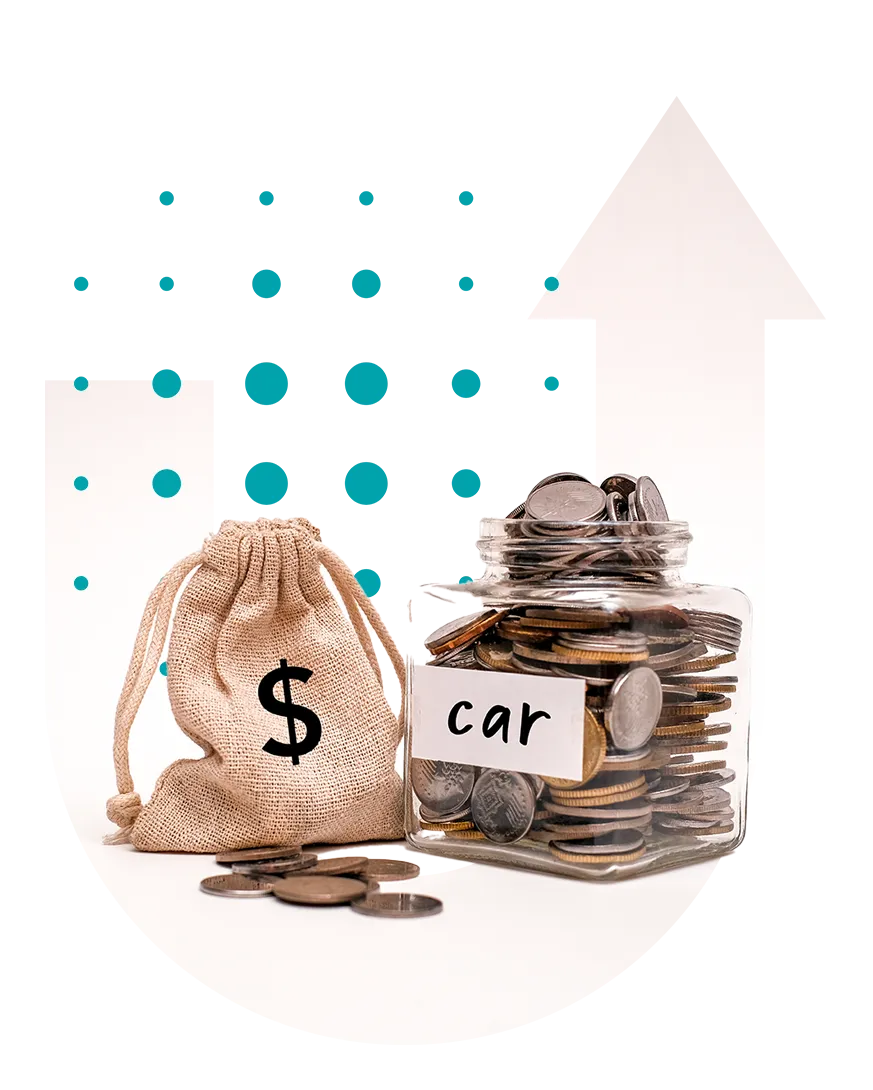How Does Car Loan Refinancing Work?
Amortization of loans involves the paying off of debt under a fixed repayment schedule in regular installments over a period of time, such as in the case of a home mortgage or auto loan. These regular installment payments of identical amount continue throughout the duration of the repayment period, although at the early stages, a greater percentage of the payment often gets applied toward interest expense.
With each passing payment, a slightly greater percentage of the total is applied to the principal, and as time progresses throughout the amortization of the loan, the regular installment payments eventually cover the total amount of principal and interest expense owed on the debt. Let’s take a closer look at how to amortize loans and how amortization works.

What is Refinancing a Car Loan?
Refinancing a car loan involves paying off the balance of an original car loan with proceeds generated from a new car loan granted by a different lender, typically after a borrower has made a year or more of timely, consistent monthly payments on an original car loan. The new auto loan will be issued at more favorable terms conducive to the borrower than those of the existing loan, and these favorable changes in terms will involve some combination of a lower monthly payment, lower interest rate, and/or a change in loan duration.

The Pros and Cons of Refinancing a Car Loan
The benefit of a lower monthly payment can be particularly significant when an individual faces difficulty in keeping up with the current required monthly payment. A lower monthly payment can be achieved through a lower interest rate, a longer loan duration, or both. However, a longer loan duration – depending on the time extension of the new loan and its associated interest rate – can result in a greater amount of interest expense paid over the life of the loan.
Meantime, the benefit of a lower interest rate can be achieved following credit score improvement as a result of making consistent payments on the original auto loan, as well as a change in the macroeconomic environment – or simply through heightened competition within the auto loan refinancing marketplace. Regardless of the cause, a lower interest rate will almost always result in a lower total amount of interest expense paid over the life of the loan, particularly when loan duration has been extended only minimally – or not at all.
However, a shorter loan duration usually will drive a monthly payment higher – except in the best auto loan refinancing situations involving the lowest auto refinancing rates – or those representing a substantial improvement over the original auto loan interest rate.
Auto Loan Refinancing - An Example
Let’s say that one year ago, you purchased a car for $30,000 by taking out a 6% APR auto loan in that amount, with an agreement to pay it off over a four year period. After making timely payments for twelve months, you decide to pursue auto loan refinancing and find an appropriate lender who will pay the remaining balance on your original loan while providing you with a 3% APR auto loan to be paid off over the following four years. This auto loan refinancing will extend the total duration of your loan to five years while lowering your interest rate. Let’s see how the numbers check out in terms of monthly payment and total interest expense over the life of the loan.
The original loan will require a payment of $704.55 per month, of which $625 applies to the principal and $79.55 will be interest expense. For the full 48 months, total interest expense equates to $3,818.40 over the life of the loan. After a full year of payments, the principal balance owed stands at $22,500, which will be paid off by the proceeds of a new loan in that amount at a 3% interest rate for an additional four years. The total amount of interest expense paid over the year was $954.60.

The new loan will require a payment of $498.02 per month, of which $468.75 applies to the principal and $29.27 will be interest expense. For the full 48 months, total interest expense equates to $1,404.96 over the life of the loan. By extending the duration of the loan a year and securing a significantly lower interest rate, the monthly payment dropped from $704.55 to $498.02, a decrease of over 29%. Meantime, the total interest expense for the life of the loan shifted from $3,818.40 to $2,359.56 ($954.60 in year one of the original loan + $1,404.96 for the full 48 months of the new loan), a decrease of over 38%.

Using an Auto Loan Refinancing Calculator
Try using an auto loan refinancing calculator, to test various loan amounts of different duration’s and interest rates to arrive at monthly payment amounts for various auto loan refinancing scenarios. You may soon recognize the possibilities of saving money in interest expense and improving monthly cash flow through the benefits of auto loan refinancing.
Get Debt Relief
Speak with licensed debt specialists dedicated to guiding you toward financial stability every step of the way.

Ready To Get Started?
See if you qualify for debt relief. Get a Free savings estimate to see how quickly you can be debt free.
Embrace financial freedom with our tailored solutions, expert guidance, and unwavering commitment to your success.
Experienced Professionals
Our experienced team has helped thousands of clients successfully eliminate debt and regain financial freedom.
Customized Solutions
We know every financial situation is different, so we design personalized debt relief plans to fit your specific needs and goals.
High Success Rate
Our proven debt relief strategies deliver real results. With a strong track record of success, we help clients achieve lasting financial stability.
Confidential Consultation
Your privacy is our priority. All debt relief consultations are 100% confidential and handled with the highest level of discretion.
Explore other blogs











